According to one popular Reddit thread requesting, engineers often need “recommendations for content management system for NEXT.js projects.” Essentially, developers need high-end content management systems that include GraphQL API functionality. Let’s take a look at some of the CMS best practices and project structures for building a React project with Next.js.
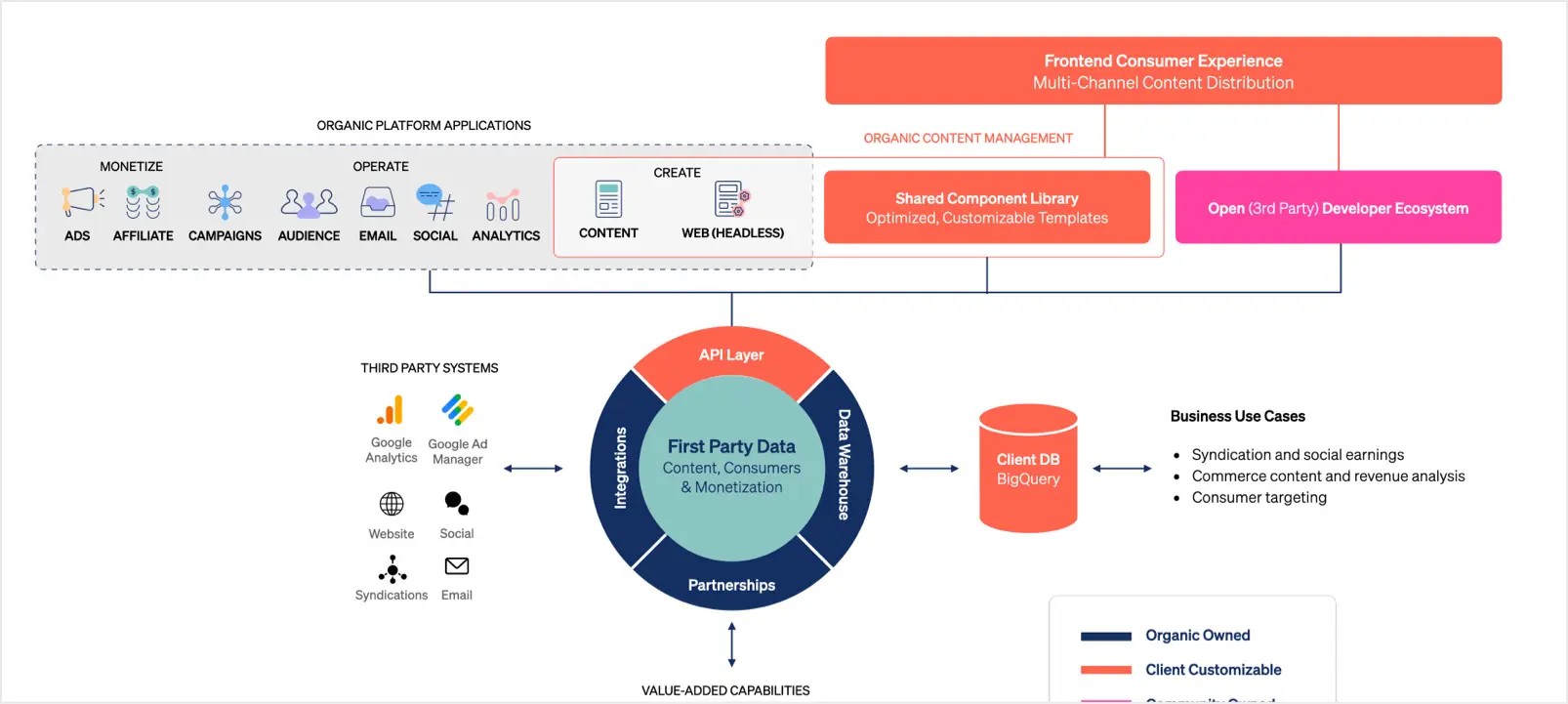
Analyzing Reddit thread: “Recommendation for content management system for NEXT.js project structure”
Breaking down the User’s Inquiry:
- User plans to build projects using NEXT.js, a popular React framework.
- They have experience with more straightforward projects using React, NEXT.js, and Firebase (a backend platform).
- They seek recommendations for a good Content Management System (CMS) with GraphQL functionality.
Key Points:
- The user seems interested in a CMS that integrates well with NEXT.js for content management.
- GraphQL is a query language that allows efficient data fetching from various sources.
- No specific CMS recommendations were provided in the upvoted responses.
Possible Inferences:
- The user might be considering a headless CMS approach, where the CMS focuses on content management and interacts with the frontend (NEXT.js) via an API (GraphQL could be the chosen protocol).
- Firebase, while offering some CMS functionalities, might NOT be the most suitable option for complex content management needs in this scenario.
Overall, the thread highlights the user’s search for a CMS that complements a NEXT.js development environment and offers GraphQL capabilities for data management.
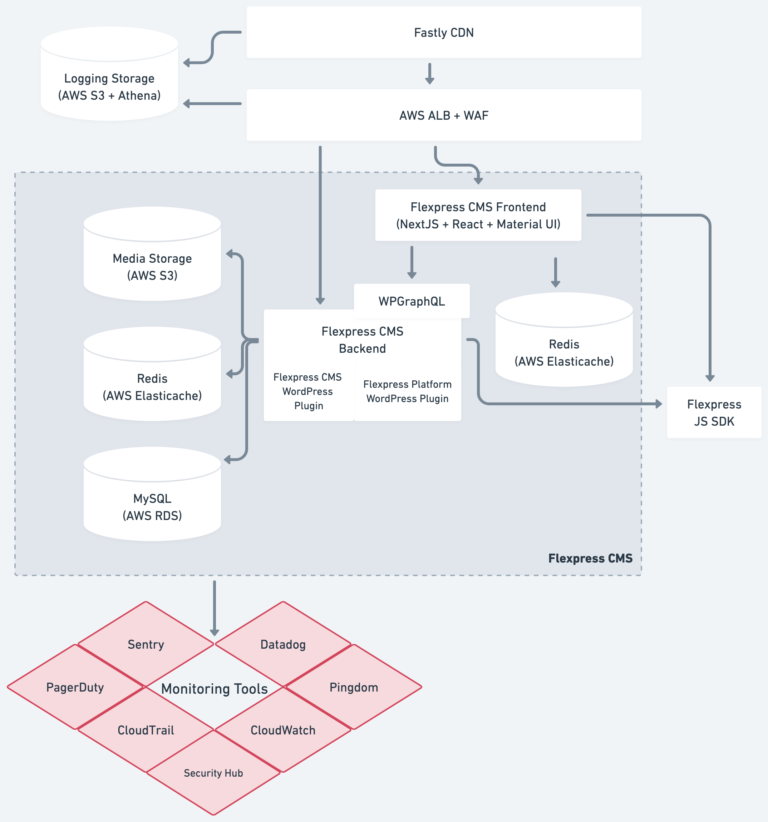
This is exactly the Flexpress offering. Please reach out to us, as we want to help.
With that in mind, here are a few of our pieces of advice for setting up an effective Next.js project structure for a high-traffic website:
Setting Up Your Next.js Project Structure
When starting a new Next.js project, it is important to set it up correctly to ensure smooth development. This includes installing the necessary dependencies, configuring your project settings, and organizing your files and folders.
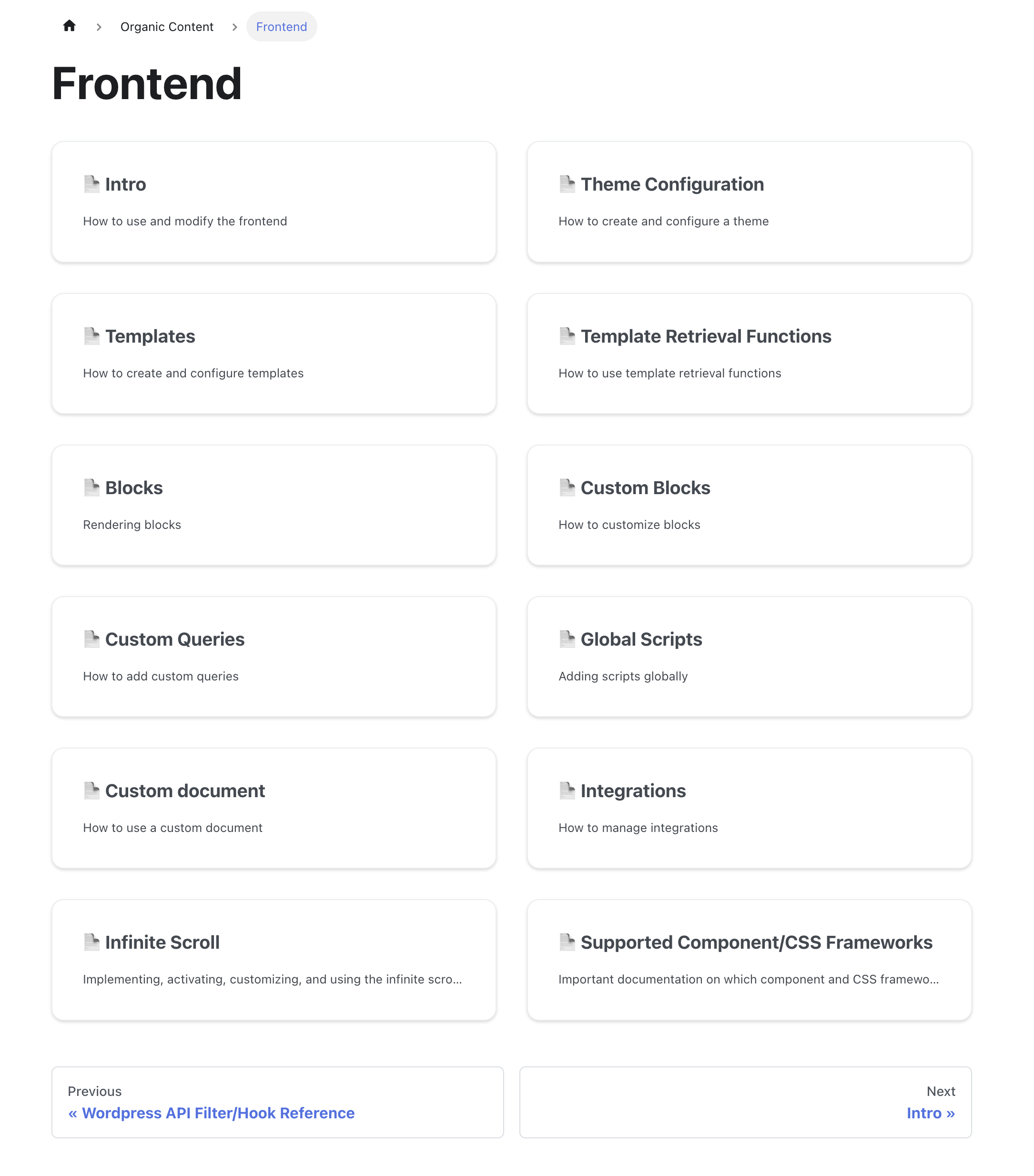
- Consider using the create-next-app command to create a new Next.js project. This command sets up a basic project structure and automatically installs the required dependencies.
- Next.js uses a file-based routing system, where a separate file in the pages directory represents each page. Make sure to organize your pages and components in a logical manner to maintain a clean project structure.
- You can also set up environment variables in your Next.js project by creating a .env file. This lets you store sensitive information or configuration settings separately from your code.
Overall, correctly setting up your Next.js project structure lays the foundation for a scalable and maintainable CMS.
Optimizing Performance with Next.js Features
Next.js provides several features and optimizations that can help improve the performance of your CMS.
- One such feature is server-side rendering (SSR), which allows your pages to be rendered on the server before being sent to the client. This can greatly reduce the initial load time and improve SEO.
- Next.js also supports static site generation (SSG), where pages are generated at build time and served as static files. This can further improve performance by reducing the need for server-side rendering on every request.
- You can optimize the performance of your Next.js project by using features like code splitting, where the code is divided into smaller chunks that are loaded only when needed. This can help reduce the initial bundle size and improve the overall performance.
- Additionally, Next.js provides built-in support for caching and prefetching, which can improve the loading speed of your pages by preloading the necessary data and assets.
{% video_player “embed_player” overrideable=False, type=’hsvideo2′, hide_playlist=True, viral_sharing=False, embed_button=False, autoplay=False, hidden_controls=False, loop=False, muted=False, full_width=False, width=’1280′, height=’720′, player_id=’107722189929′, style=” %}
By utilizing these Next.js features, you can ensure that your CMS performs efficiently and provides a seamless user experience.
Structuring Your Next.js Project
A well-structured project is essential for maintaining code readability and scalability. When structuring your Next.js project, consider following these best practices:
- Create separate components, pages, styles, and utilities folders to keep your code organized.
- Follow a modular approach by breaking your components into smaller, reusable parts. This allows for easier maintenance and code reuse.
- Consider using a state management library like Redux or MobX to manage the state of your Next.js project. This can help centralize the state logic and improve code maintainability.
- Implement a consistent naming convention for your files and folders to make locating and identifying specific components or pages easier.
- Document your next.js project structure and any naming conventions used to ensure consistency across the team and facilitate future updates or modifications.
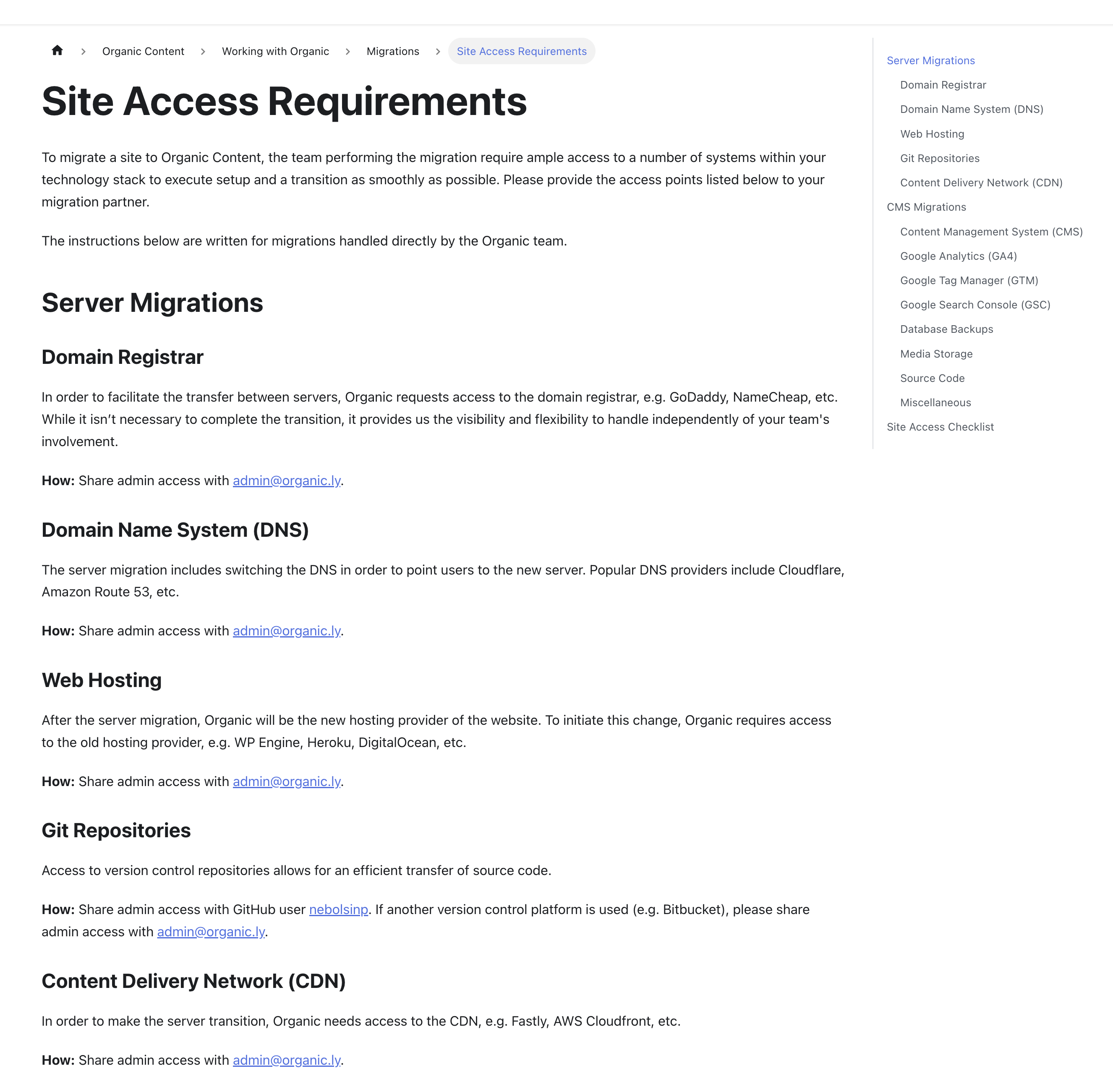
By structuring your Next.js project effectively, you can enhance code maintainability and collaboration, making it easier to develop and scale your CMS.
Implementing Best Practices for React Components
To ensure the best performance and maintainability of your React components in a Next.js project, consider implementing the following best practices:
- Use functional components instead of class components whenever possible. Functional components are simpler and perform better.
- Leverage React hooks to manage state, side effects, and lifecycle methods. Hooks provide a more elegant and concise way of managing component logic.
- Follow a component-driven development approach by breaking your UI into reusable components. This promotes code reuse and improves code maintainability.
- Implement proper error handling in your components to improve the user experience. Use try-catch blocks or error boundaries to catch and handle errors gracefully.
- Optimize rendering performance by using memoization techniques like React.memo or useMemo. This can help prevent unnecessary re-renders and improve overall performance.
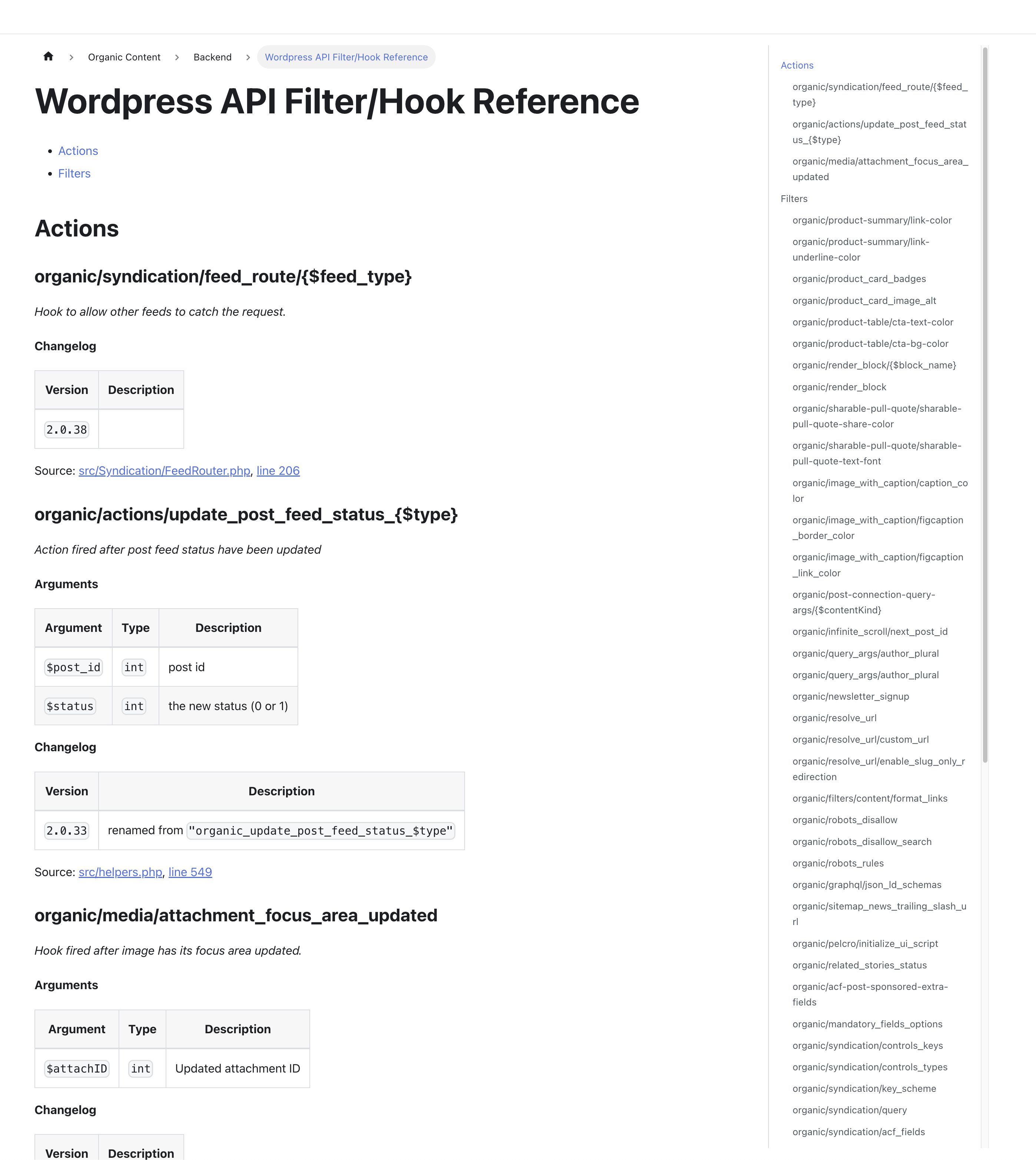
Implementing these best practices can ensure that your React components are optimized, maintainable, and provide a smooth user experience in your Next.js CMS.
Testing and Deployment Strategies for Next.js Projects
Testing and deployment are crucial steps in the development process of a Next.js CMS project. Here are some strategies to consider:
- Write unit tests for your components and pages using testing frameworks like Jest or React Testing Library. This helps ensure that your code functions as expected and reduces the risk of bugs.
- Implement end-to-end (E2E) tests to simulate user interactions and test the overall functionality of your CMS project. Tools like Cypress or Selenium can be used for E2E testing.
- Set up a continuous integration and continuous deployment (CI/CD) pipeline to automate the testing and deployment process. This allows for faster and more efficient development cycles.
- Consider using a hosting platform like Vercel or Netlify for deploying your Next.js CMS. These platforms provide seamless integration with Next.js and offer features like automatic scaling and SSL certificates.
- Implement proper error tracking and monitoring to identify and resolve any issues that arise in your deployed CMS project. Tools like Sentry or New Relic can help with error tracking and performance monitoring.
By following these testing and deployment strategies, you can ensure that your Next.js CMS project is stable, reliable, and performs optimally in a production environment.




